The International Day of Women and Girls in Science is celebrated on February 11. This event prompts us to reflect on the barriers women face in today's scientific community and the achievements of those who have overcome these challenges. The contributions of brilliant female minds enrich the scientific community, and we take this opportunity to celebrate the accomplishments of women scientists who continue to inspire QTOX Doctoral Candidates in their scientific journeys. We invite you to join us as we delve into the stories of these eight remarkable scientists, each from one of the seven countries currently represented in the QTOX DC cohort.
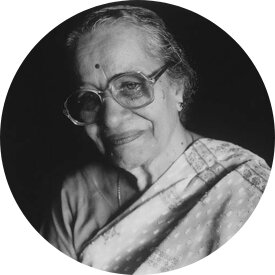
Kamal Ranadive (India): Kamal Ranadive is an Indian biomedical researcher and a founding member of the Indian Women Scientists' Association (IWSA). Her pioneering research in animal modeling of cancer development has led to a deeper understanding of various types of cancer, such as leukemia, breast cancer, and esophageal cancer. [1]
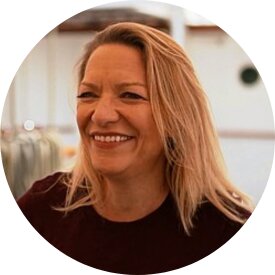
Antje Boetius (Germany): Antje Boetius is a renowned marine biologist from Germany who has significantly contributed to deep-sea research. She leads the Alfred Wegener Institute Helmholtz Center for Polar and Marine Research in Bremerhaven. Her research on marine material cycles and biodiversity has provided insights into the complexities of life in extreme environments. This understanding has helped shed light on the impact of these ecosystems on Earth's climate and vice versa. [2]
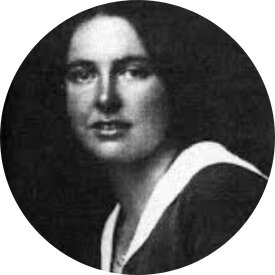
Ana Mayer Kansky (Slovenia): Ana Kansky was a Slovene chemist and chemical engineer renowned as the first individual to attain a doctoral degree at the University of Ljubljana. Kansky overcame societal barriers by financing her education through apricot sales. She pursued chemistry at the University of Vienna during World War I but had to return to Slovenia because of a decree dismissing Slavic students. [3]
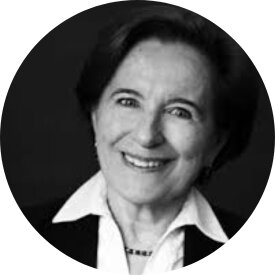
Ana María Cetto (México): Ana María Cetto is a distinguished Mexican physicist with expertise in theoretical physics, quantum mechanics, stochastic electrodynamics, and biophysics of light. While Ana María Cetto has left a mark on the world of theoretical physics, her contribution to society is broader for her initiatives as responsible for several international programs on the promotion and participation of women in science.[4]
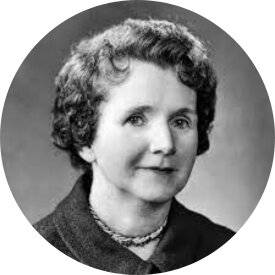
Rachel Carson (US): Remembered as a revolutionary environmentalist and marine biologist, Rachel Carson's work, including "Silent Spring," triggered the modern environmental movement. Her advocacy for the environment and wildlife conservation has left a remaining legacy.[5]
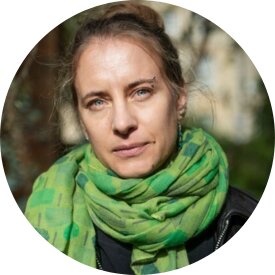
Friederike Otte (Germany): Friederike Otte is a climatologist working as a Senior Lecturer at the Grantham Institute for Climate Change and the Environment at Imperial College London. Her main research findings address whether and to what extent extreme weather conditions change due to external climate drivers. In 2021, she was on the Times's annual list of the 100 most influential people in the world. [6]
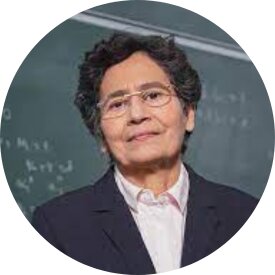
Anamaría Font (Venezuela): Anamaría Font is a distinguished theoretical particle physicist known for her groundbreaking work on superstrings. She is a professor at the Central University of Venezuela. Her research explores the description of nature's fundamental particles and their interactions, providing valuable insights into the structure of matter, quantum gravity and black holes. We can attribute her the following quote: “The greatest accomplishment will hopefully be made by a young girl, somewhere out there, who is now getting ready to become a brilliant scientist despite the hardships inherent in her journey”.[7]
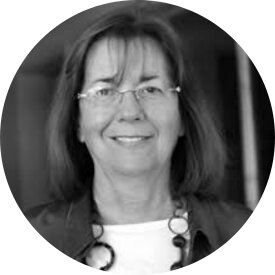
María Teresa Ruiz (Chile): María Teresa Ruiz is a distinguished Chilean astronomer who has played a pivotal role in advancing observational astronomy. In 1975, María Teresa Ruiz became the first woman to obtain a PhD in astrophysics at Princeton University. Her work on the formation of stars and planetary systems has earned international acclaim, making her a leading figure in the exploration of our cosmic origins.[8]
References:
- [1] https://en.wikipedia.org/wiki/Kamal_Ranadive
- [2] https://en.wikipedia.org/wiki/Antje_Boetius
- [3] https://en.wikipedia.org/wiki/Ana_Kansky
- [4] https://en.wikipedia.org/wiki/Ana_Mar%C3%ADa_Cetto
- [5] https://en.wikipedia.org/wiki/Rachel_Carson
- [6] https://en.wikipedia.org/wiki/Friederike_Otto
- [7] https://www.loreal.com/en/articles/commitments/professor-anamaria-font/
- [8] https://en.wikipedia.org/wiki/Mar%C3%ADa_Teresa_Ruiz